Roman Efremov on the future of Russian textiles
The past, present and future of the Ivanovo region, that is, "our everything", – textiles.
The Ivanovo region continues to be considered a textile region by inertia, but the situation in this area has changed a lot in recent decades. Today, Russia as a whole and our region in particular can no longer boast of leading positions in the number of textile industries, the bulk of which are concentrated in countries with both a raw material base and cheap labor.
Currently, the share of fabrics of own production is only 25% of the domestic market of the country. In the strategy for the development of light industry in Russia, the Ministry of Industry and Trade of the Russian Federation plans to increase this figure to 30% by 2025 and double the export potential of the domestic light industry as a whole.
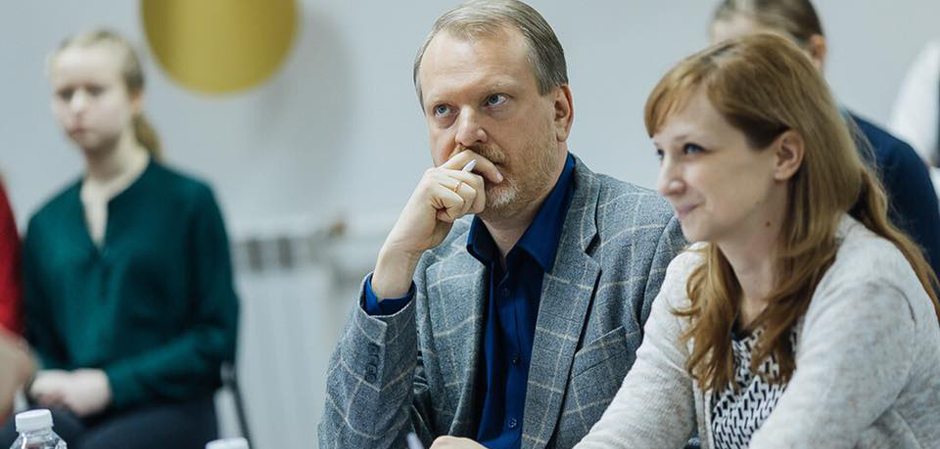
At first glance, the task is not ambitious, but even this forecast is considered optimistic.In the worst case scenario, we may lose the market share that we have now. In particular, Ivanovo textile workers are concerned about the Agreement concluded at the end of last year on trade and economic cooperation with Uzbekistan. Our partners have at least four competitive advantages. Firstly, Uzbekistan grows its own natural raw materials - cotton. Recently, the country has stopped selling "white gold" abroad, refocusing on its own processing. Secondly, since Uzbekistan is located in more favorable climatic conditions, utility costs of production workers there are significantly lower. Thirdly, thanks to state support, Uzbek textile enterprises have either been completely modernized or built "from scratch". That is, the production base there meets the modern requirements of labor organization and production of products that meet high quality standards. And finally, labor costs are relatively low in Uzbekistan. Summing up all of the above, our partners have excellent cotton fabrics for export at a low cost of their production (mainly in the segment of bed linen production).
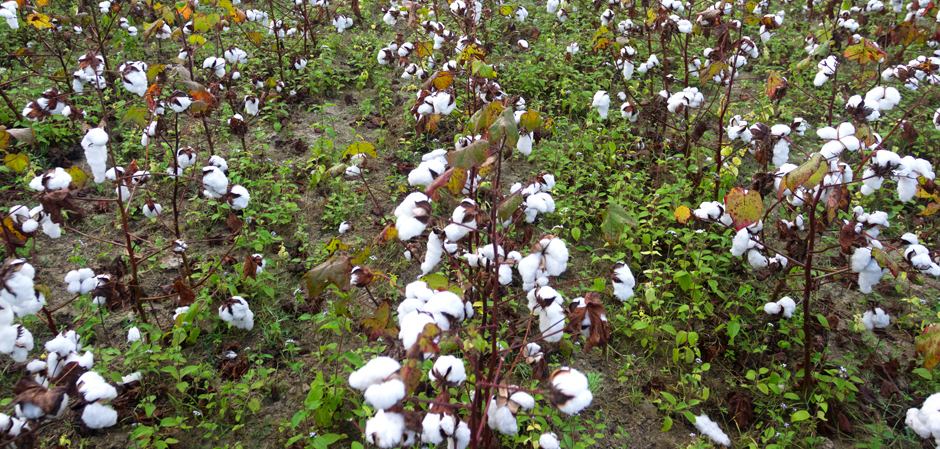
What can Ivanovo textile workers oppose to this? Existing enterprises operate largely on outdated machines. The costs of technical re-equipment are motivated primarily by the dilapidation of a part of the equipment used. Our enterprises do not meet modern automation requirements, the very principles of the organization of production processes are becoming obsolete.
I think that keeping the company afloat by patching holes is fundamentally the wrong approach. To build a competitive company, it is necessary to proceed from the final price of the product, gradually solving the tasks of its provision at a given level through the construction of the technological chain. If the vector of production design is deployed in this direction, then there will be a need for the introduction of new technologies, digitalization and automation of technological processes as the main resources for cost reduction.
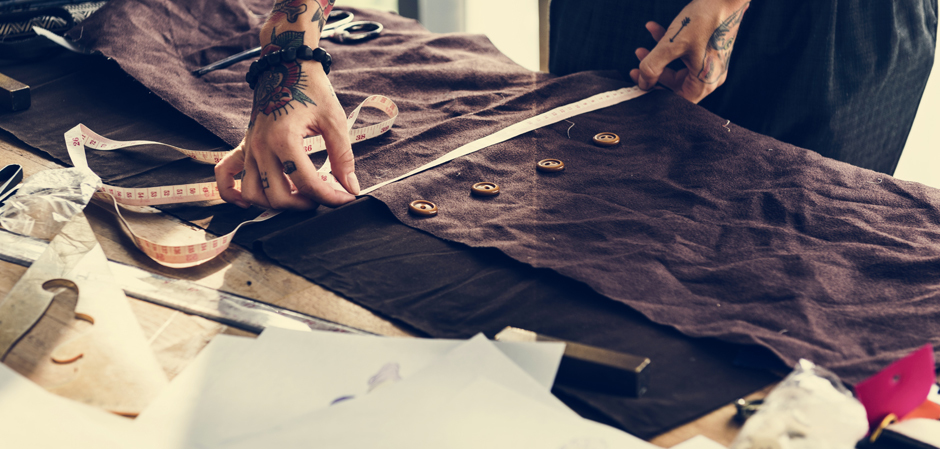
In this regard, one of the points of the election campaign of the candidate for governor of the Ivanovo region in the 1999 elections, Pavel Pozhigailo, comes to mind. He proposed the "Textile Ring" program, the essence of which was to unite textile workers through economic, information and logistics interaction to strengthen their position in the conditions of global competition. Twenty years ago, he said that those areas that are closer to money will be the most in demand. Today we see how prophetic this statement turned out to be: the number of sewing workshops has grown by several orders of magnitude, while only five enterprises in the region remain the most distant from the end consumer and from raw materials (for example, spinning).
And today the question arises:Can the Ivanovo Region continue to consider itself a textile region? My answer is yes! What competitive advantages do we have that give us the right to form trends in the development of light industry in the country?
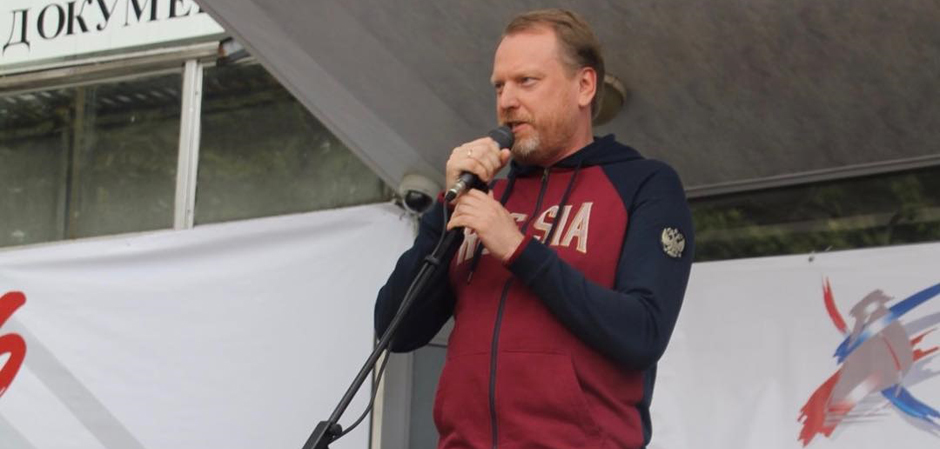
Firstly, it is the presence of educational institutions that are able to train specialists in a wide range of professions. There is a polytechnic university in the region, which unites several higher-level educational institutions, an engineering center for textile and light industry. Despite the rich experience of training students, the institution needs serious transformations to meet the modern requirements of the textile industry, both in terms of educational programs and scientific research. The same applies to educational institutions of secondary vocational education (there are ten of them in the region now), their managers should think about the compliance of the training specialists with the practical needs of the textile industry.
Secondly, Ivanovo has become a major logistics center, selling fabrics from many countries of the world on its territory. I am sure that this competence needs to be developed, the image of the "Textile hub of Russia" can be strengthened by representative offices of Western firms focused on outerwear.
In addition, as I have already mentioned, today the region has practically retrained into sewing production, which employs several tens of thousands of people. On the one hand, this situation seems logical. But there are problems hindering the development of the garment industry in the region, which, moreover, is heterogeneous in its composition. On the one hand, there are several large, vertically oriented corporations operating in the region, such as Ivanhoe, Lancelot, Lanika, which produce clothes under their own brand. On the other hand, a large number of small workshops, working according to the "gray" scheme, sew overalls or PBC, having at their disposal fairly primitive, cheap used equipment. Both of them cannot adapt their production resources to the fulfillment of external orders. At the same time, there are many fashion designers and firms in Moscow who constantly face the problem that they have nowhere to place their orders, but Ivanovo sewing workers do not undertake their implementation, because they cannot establish production in a reasonable time. The bulk of the sports brands that supply goods to Russia are sewn in Moldova, and these are huge volumes that Ivanovo sewing workers can claim a share of. This requires contract enterprises focused on the production of a wide range of products. And objectively, an information center accumulating data on available production capacities is needed.
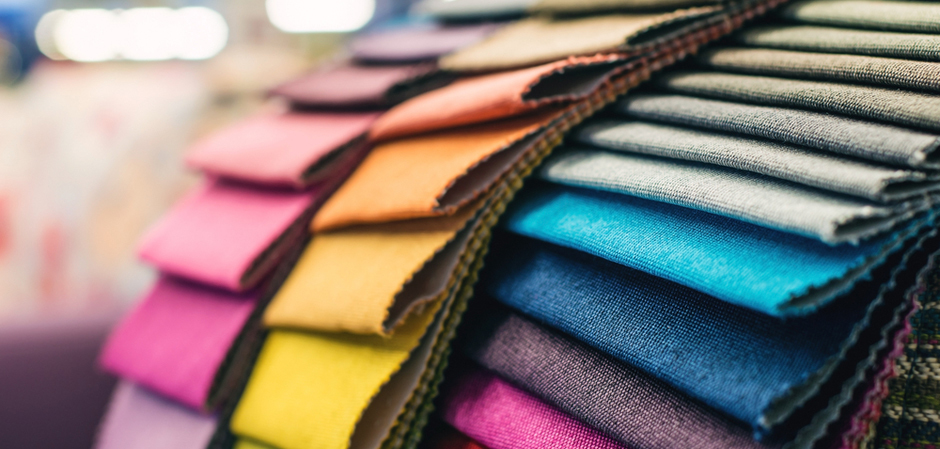
In this context, it would be possible to cooperate with numerous representatives of the fashion industry of the capital: designers, bayerms, model studios. This task is difficult, since sewing small batches of clothes requires a wide range of equipment, possession of a variety of technologies, work with non-traditional materials. But in this segment, a product with a high surplus value is being created. In addition, this form of interaction would become the basis for the cultivation of their own fashion designers, young designers launching new brands. In addition, we should not forget about the positive impact of the fashion industry on other areas, including lifestyle, urban environment, tourism, sports and their overall synergetic effect on the economy of the region.
Now Moscow is talking about the implementation of a project with impressive state support and the construction of a 20 thousand square meters coworking center in the capital for these purposes. On February 1, a meeting of fashion industry leaders will take place in Moscow, which will launch the implementation of the program for the creation of a fashion cluster. The task of the representatives of the Ivanovo region is to offer Moscow a division of labor in its implementation.

It is important to formulate a strategy for the development of the textile industry in the region at least for the medium term. I have repeatedly drawn attention to the fact that the existing Strategy of socio-economic Development of the Ivanovo region until 2020 is outdated in all respects and can no longer be considered as a strategic planning document. Our approach to designing the future is not relevant. Humanity lives in a world that is called the world of VUCA - unstable, uncertain, complex and ambiguous. Today we need new ideas that can transform it into a world full of hope and optimism. Creative thinking leads to action, and we need to act today!
Photo: Varya Gertje, shutterstock